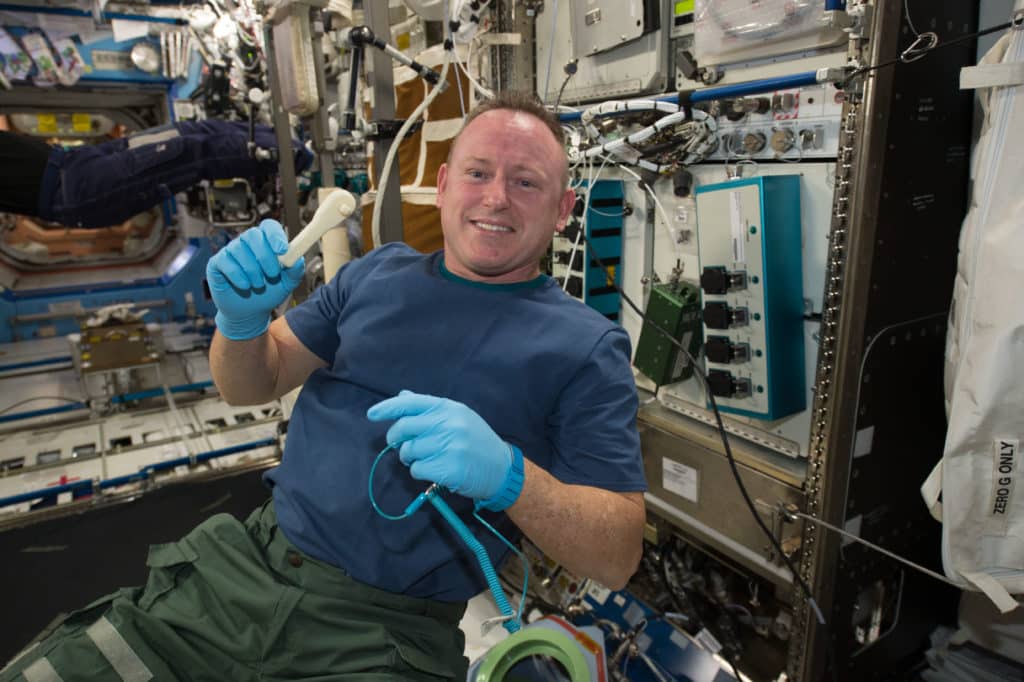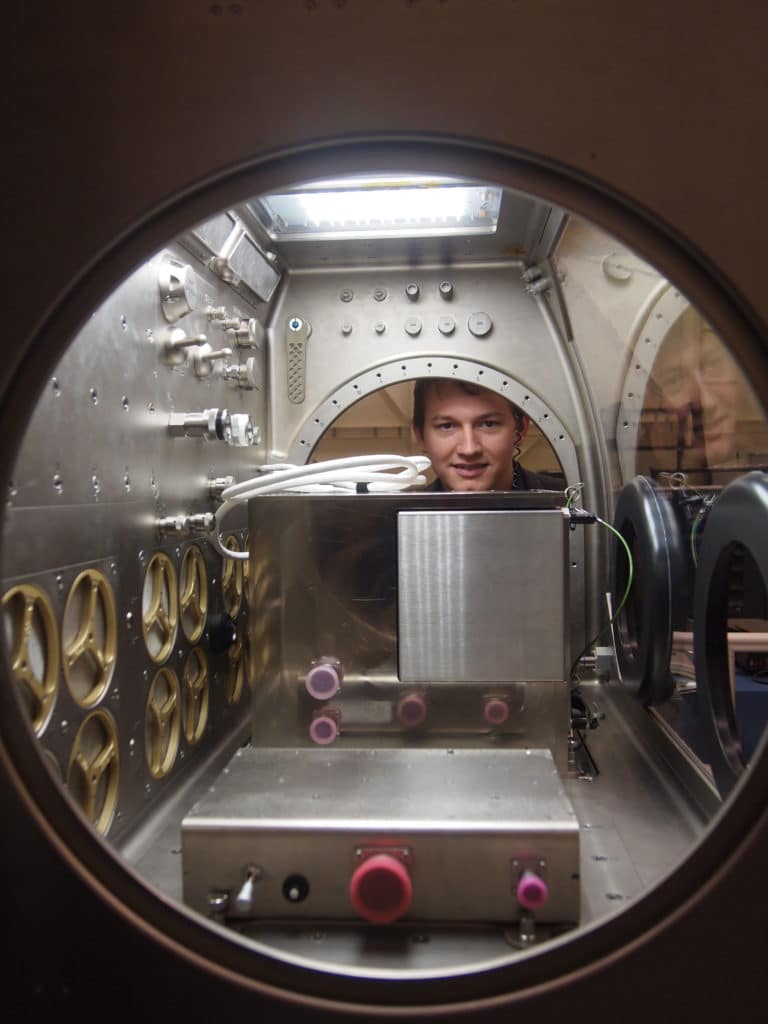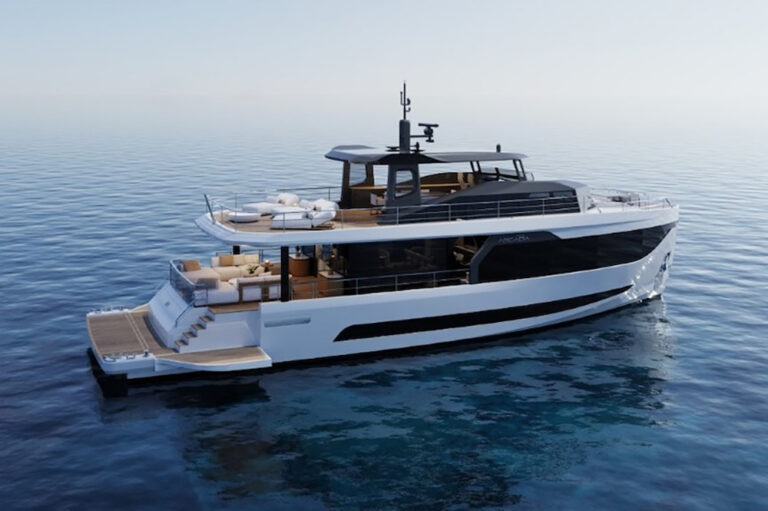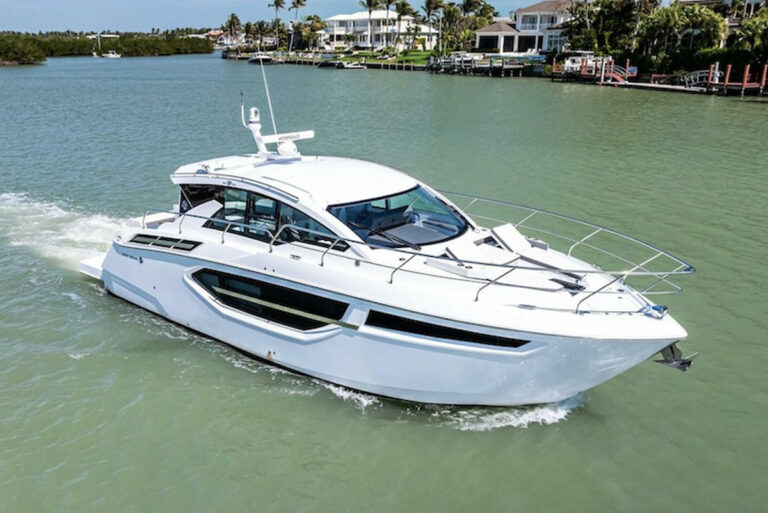


It took just four hours for 3-D printing to shatter barriers on the International Space Station. In December, NASA engineers on Earth transmitted a design file to astronauts in orbit. The station’s 3-D printer, created by California-based Made in Space, composited 104 layers of plastic into a 4.5-by-1.3-inch ratchet wrench. Commander Barry Wiltmore picked it up and smiled for a photograph that, undoubtedly, will one day hang in a museum describing the start of 3-D printers assisting long-range exploration.
“If you can transmit a file to the station as quickly as you can send an email, it opens up endless possibilities for all the types of things that you can make,” said Niki Werkheiser of NASA’s Marshall Space Flight Center. This, of course, left us at Yachting wondering about printing tools on a superyacht in, say, the remote South Pacific from specs kept at home or in a shipyard.
“We’re at that point to a certain level,” says Anthony DiChiara, owner of 3D Printing Expert in Stuart, Florida. “A plastic part 1 foot by 1 foot or smaller, it’s very feasible to do that today.”

NASA’s news came just before January’s Consumer Electronics Show in Las Vegas, where 3-D printing was heralded as ready for mainstream buyers. Prototypes could print out medical devices, clothing and drones, to name a few. Plus, General Electric is building a facility full of 3-D printers to produce fuel nozzles for its aircraft engines, says Tim Caffrey, a 3-D printing analyst with Wohlers Associates. Instead of welding parts to create the nozzles, GE will use printers to spit them out in one solid, sturdier piece.
So printing metal parts is also a reality today — but it’s still substantially more expensive than using 3-D plastic printers, and no less than the U.S. Navy is still trying to figure out how to keep the printers stable on a rolling sea, Caffrey says. A yachtsman would need far more than a current desktop model to do the same.
“If you’re making metal parts, you’re talking about a vacuum system or a chamber gas system with argon gas, because you don’t want oxidation of the metals,” he says.
You’ll also need CAD drawings for, say, that one-piece fuel nozzle the shipbuilder originally constructed from a dozen smaller pieces. But that hurdle should quickly be overcome, says Mike Snyder, lead engineer at Made In Space.
“Current developments are making that process easier and easier, to the point that elementary-school students are able to design and build using CAD and 3-D printers,” he says. “The one technology that would be needed for produced parts that are exposed to the elements would be some type of coating mechanism. Otherwise, corrosion would take its toll.”
Still, DiChiara and Caffrey say, mainstream use on yachts could begin in this decade — and seem routine.
“At some point, if your vacuum cleaner breaks, they’re not even going to stock parts for it,” DiChiara says. “Five or 10 years from now, you’ll have a 3-D printer, and Hoover will send you the drawing for $1.85, and you’ll 3-D print the part.”










